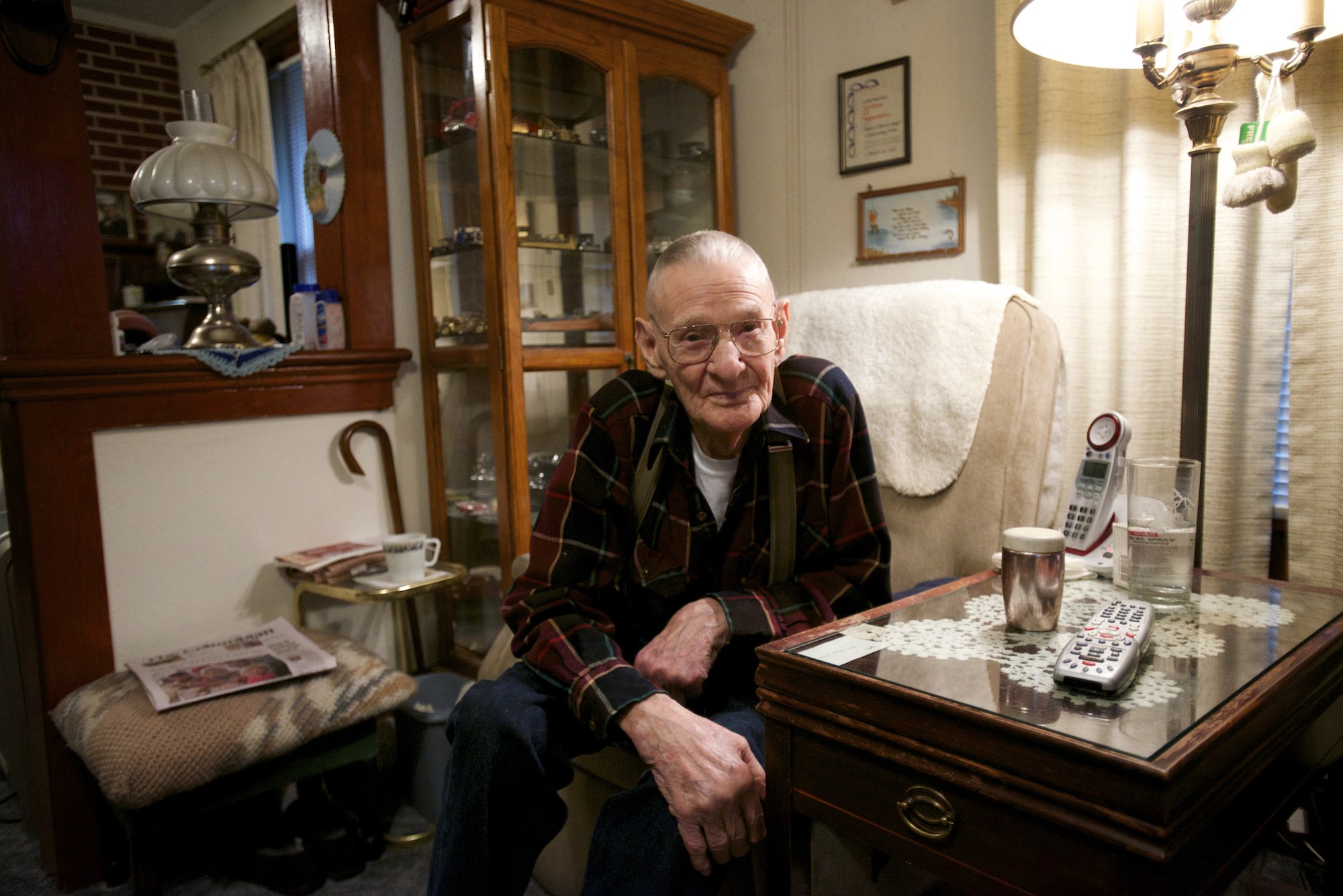When Martin Knapp woke up 73 years ago today, he knew it was a Sunday he’d never forget.
Dec. 7, 1941, was going to be his wedding day.
“I was starting to go on liberty,” the Vancouver veteran said a few days ago. “I was planning on getting married. I’d been going with a girl for a while.”
Knapp’s wedding never took place.
o o o
When Paul Johnson’s ship steamed into Pearl Harbor, he figured his seafaring days were just about done. Once they sailed back to the West Coast, Johnson would start a new life with the woman he’d married in Vancouver on Nov. 18.
But on that morning, Lucille Johnson, a bride of less than three weeks, suddenly was wondering whether her husband was alive.




